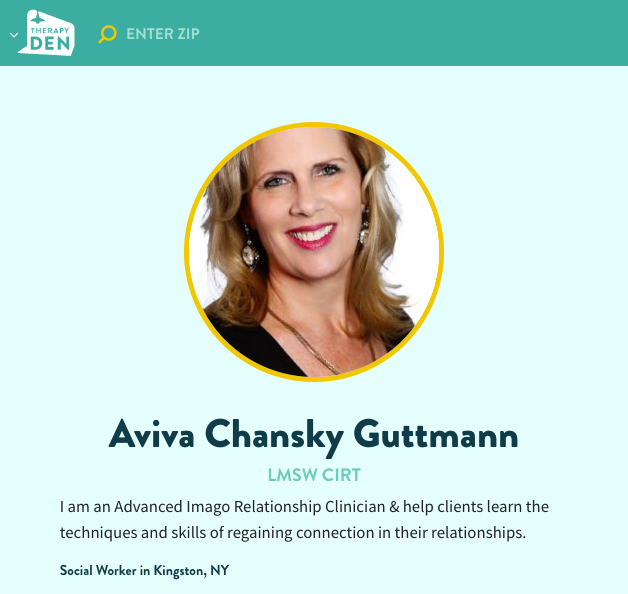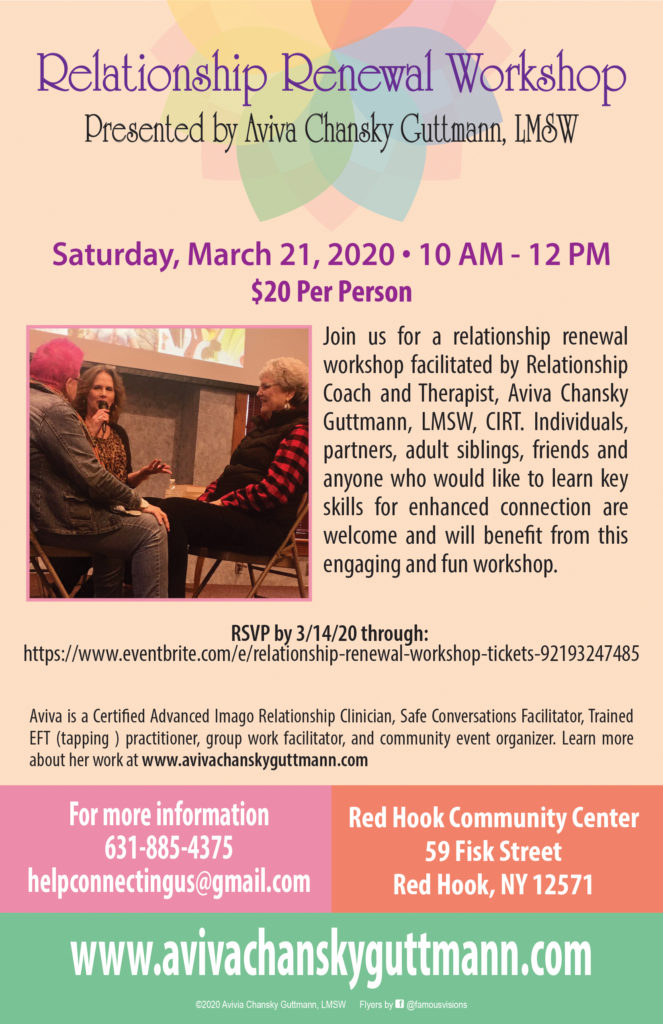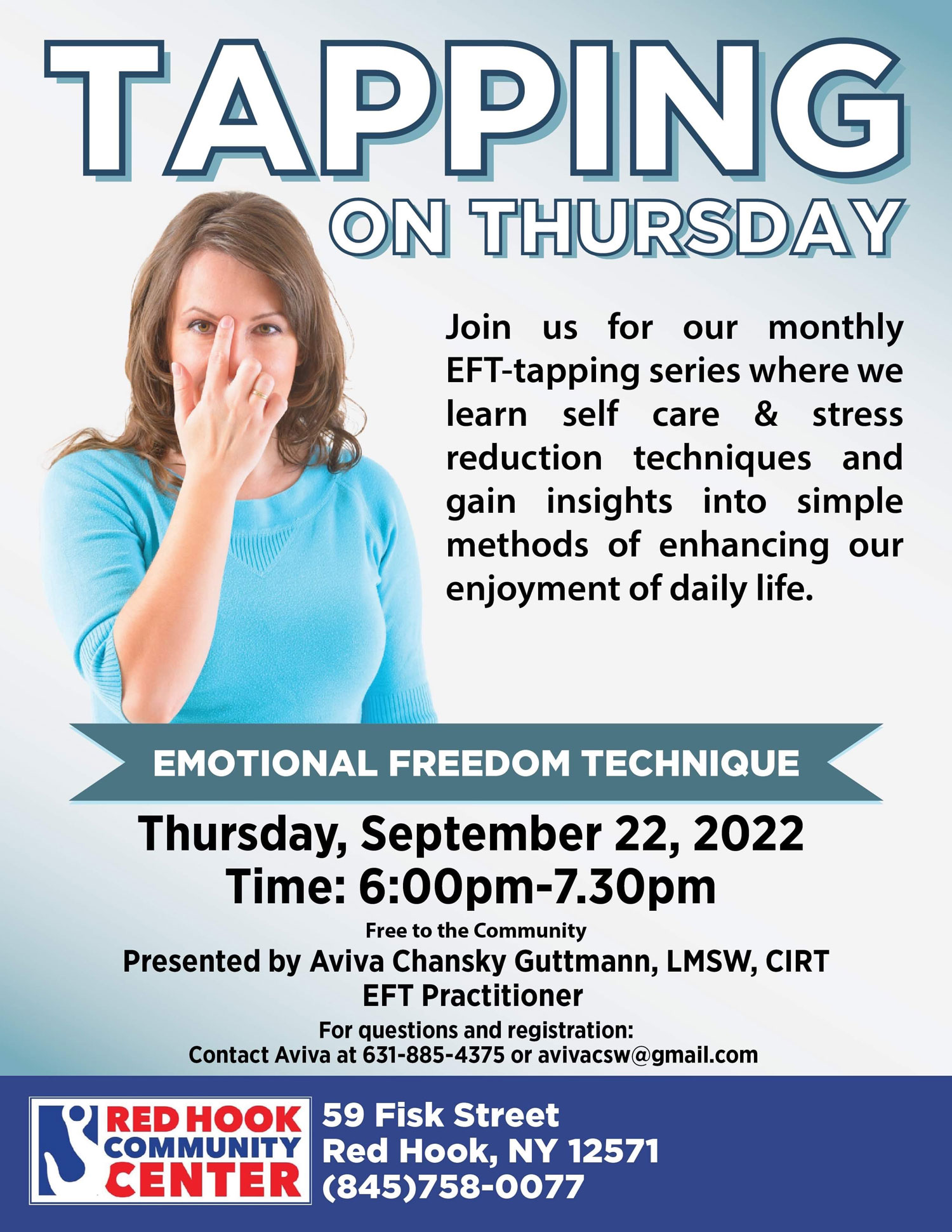
Join us for our monthly EFT-Tapping series where we learn self care & stress reduction techniques and gain insights into simple methods of enhancing our enjoyment of daily life on Thursday, September 22, 2022 @ 6pm-7:30pm Open to the community and presented by Aviva Chansky Guttmann, LMSW, CIRT, EFT Practitioner.



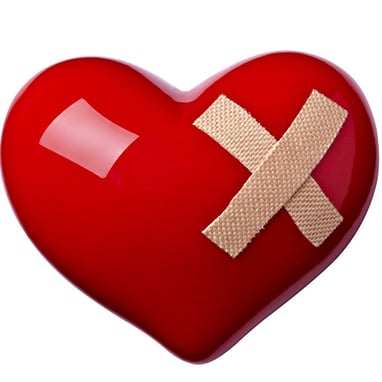
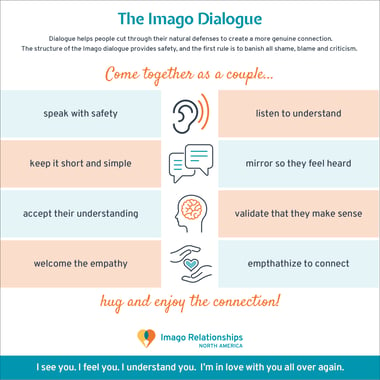
 This blog post was written by
This blog post was written by 
